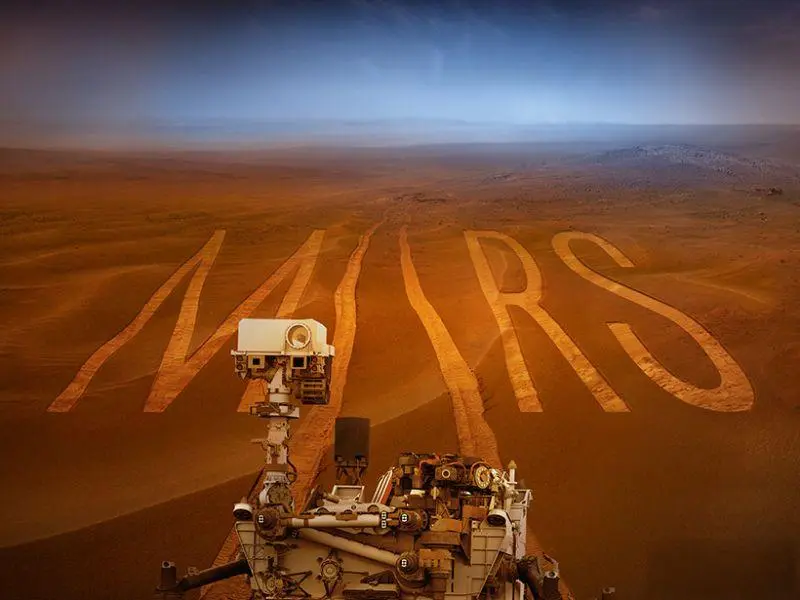- Scientists are still learning from NASA’s retired InSight lander, which stopped communicating two years ago due to dust on its solar panels.
- Images from NASA’s Mars Reconnaissance Orbiter have provided valuable insights into Martian dust and its effects on the planet’s surface.
What happened: InSight offers new findings on Martian dust
Two years after NASA retired the InSight lander in 2022, scientists continue to glean insights about Mars from the vehicle. InSight ceased communication due to dust accumulation on its solar panels, which prevented battery recharging. Although scientists hoped a dust devil might clear the panels, they have not received any signals since its retirement. However, images from NASA’s Mars Reconnaissance Orbiter, captured by the High-Resolution Imaging Science Experiment (HiRISE) camera, have provided valuable data. These images allow researchers to study the behaviour of Martian dust and its impact on the landscape. InSight’s mission, which began in November 2018, was notable for detecting marsquakes and examining the Martian surface, despite some setbacks, including the failed attempt to deploy a temperature-measuring “mole.” Even in silence, InSight remains a critical asset for ongoing research into Martian dust dynamics.
Also read: Beyond earth: The race to colonize Mars and our future on the red planet
Also read: NASA is seeking a better way to bring Mars sample back to Earth
Why it’s important
The ongoing analysis of the InSight lander’s images highlights the significance of understanding Martian dust and its implications for future missions. Dust on Mars is not just a nuisance; it plays a key role in shaping the planet’s atmosphere and landscape. Its ability to block sunlight can affect solar-powered missions, while its abrasive nature poses challenges for mechanical components. As space agencies plan future explorations, such as crewed missions to Mars, understanding dust behaviour will be essential for mission success.
Furthermore, the study of dust cycles can provide insights into Martian weather patterns and climate history, offering a window into the planet’s past and potential for habitability. The fading marks left by InSight’s landing rockets provide a unique opportunity to date geological features, contributing to the broader understanding of Mars’ geological timeline.
In a time when the exploration of Mars is gaining momentum, the lessons learned from InSight’s mission will inform the design and operation of future landers and rovers. As scientists continue to analyse the data gathered from this silent sentinel, they remain hopeful that it will yield more discoveries, enriching our knowledge of the Red Planet and its complex environment.

